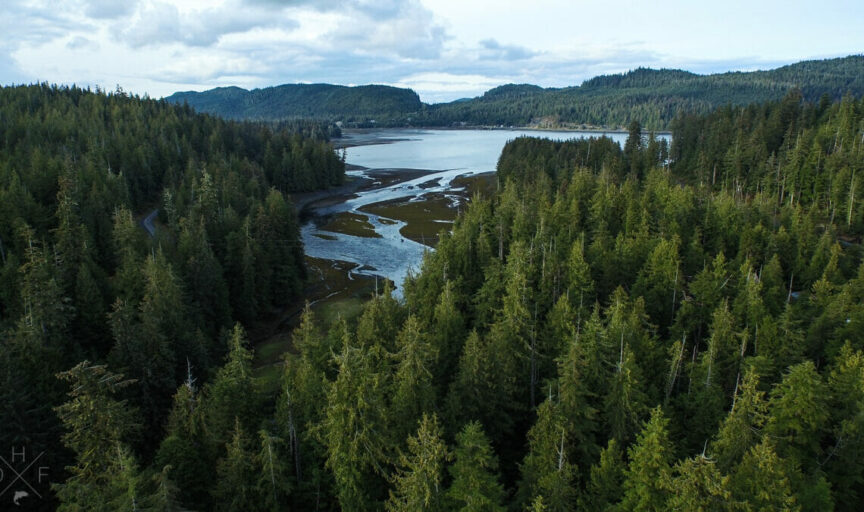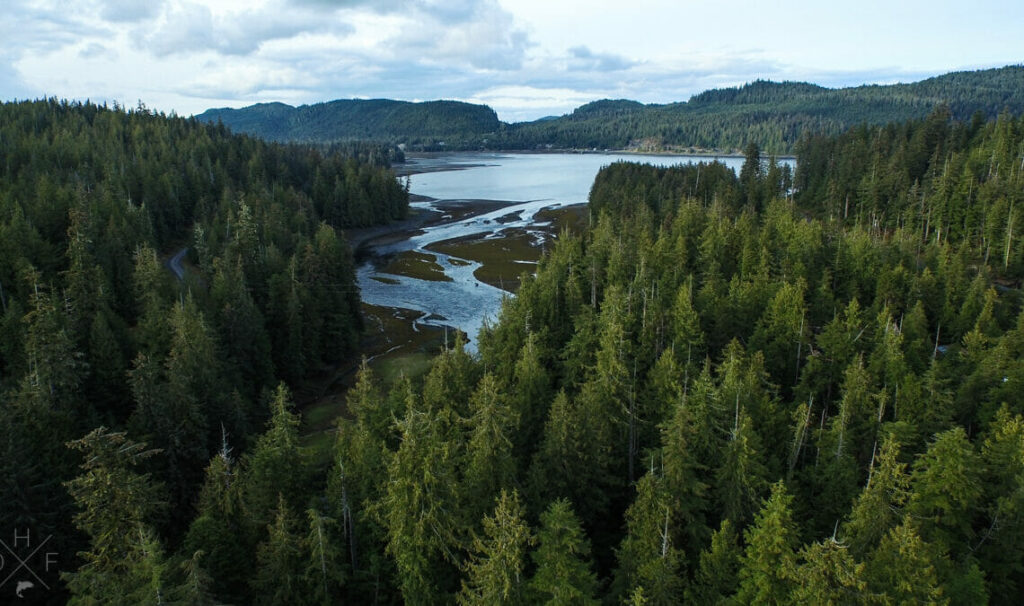
Roadless Rule restored on 9.3 million acres of the Tongass
A huge swath of America’s largest and fishiest forest is now safe from industrial clear-cut logging of old growth trees.
The U.S. Forest Service announced last month that it is restoring roadless protections on 9.3 million acres of Southeast Alaska’s Tongass National Forest, conserving plentiful salmon and trout streams and critical wildlife habitat for deer, bears, wolves, bald eagles and many other animals.
The Roadless Rule prohibits industrial timber harvest and new road construction in roadless areas with various exceptions to allow energy development, lawful access to minerals, wildfire fighting, emergency response, and community development.
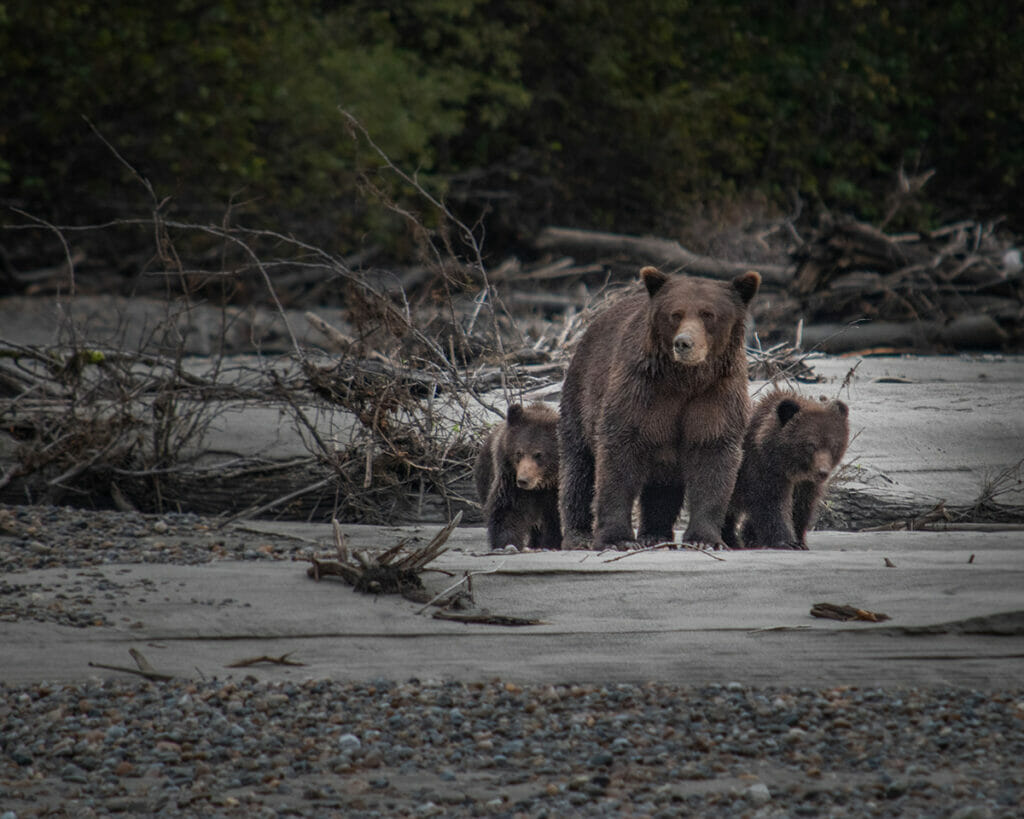
Above: Photo by Sam Roche
The Tongass is part of North America’s largest remaining intact temperate rainforest. The towering stands of Sitka spruce, Western red and yellow cedar, and western hemlock host rare ecosystems found nowhere else on earth. The highest density of brown bears in North America are found within the Tongass, and the forest produces more salmon than all other national forests combined. More than 300 streams are known to host healthy populations of steelhead, but many more undocumented steelhead streams likely exist throughout the region. The Tongass was the last national forest to have old-growth trees clearcut on an industrial scale, and decades of unsustainable logging have left scars.
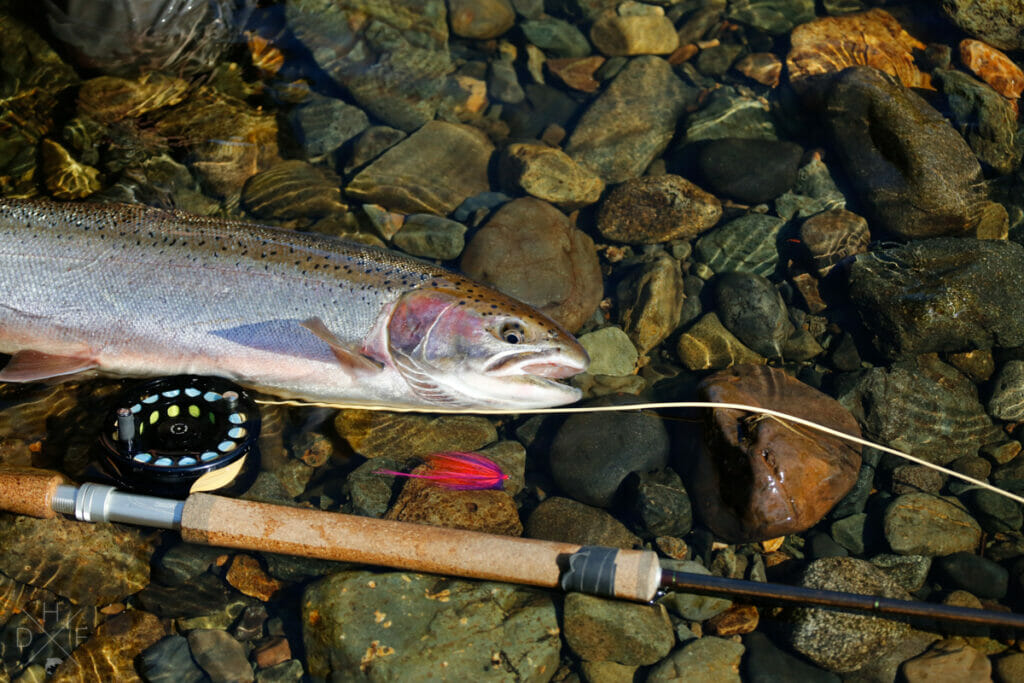
But today the Forest Service is working to protect what is left and restore the damage previously caused. Reinstating the Roadless Rule solidifies a plan that was set in place last year. In July 2021, the Forest Service announced a new direction for the Tongass, one where investments would be made in restoration, recreation and resiliency, instead of logging subsidies.
The rule brings much-needed stability back to a region whose economy is driven by an intact and healthy forest. One in four jobs in Southeast Alaska are in the fishing and tourism industries. The economic and ecological benefits of investing in restoration and recreation projects can already be felt.
The Forest Service is partnering with local Tribes and communities and employing local workforces.
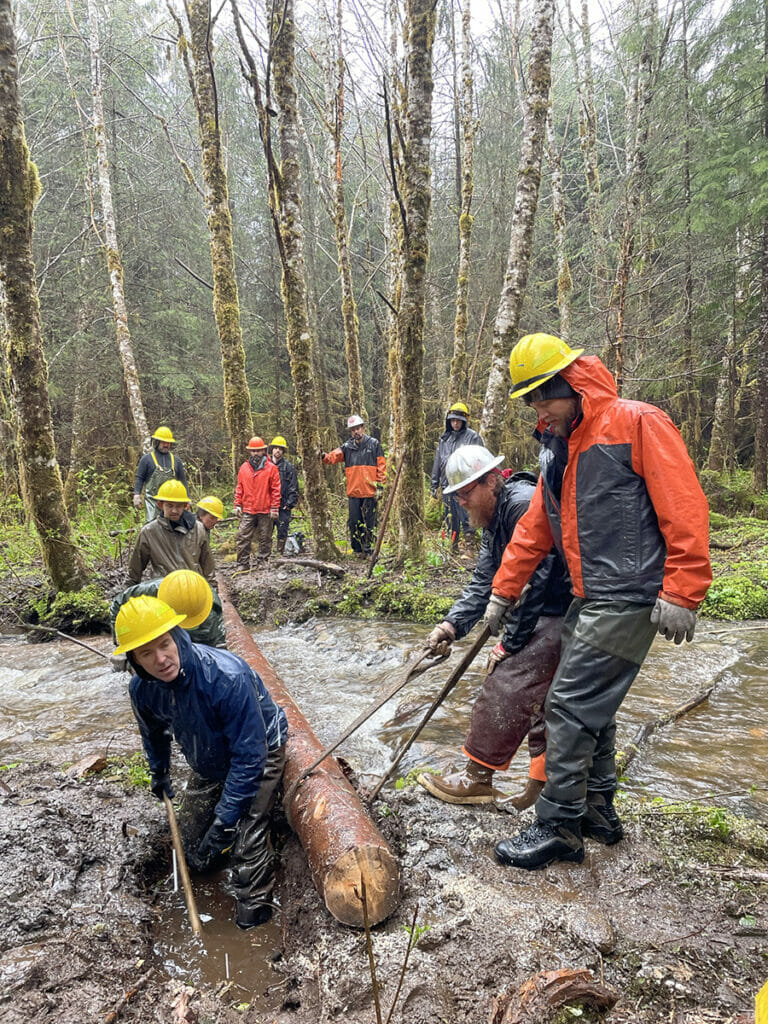
The Tongass is home to the Tlingit, Haida, and Tsimshian tribes, who have lived off the rich natural bounty of the land for many thousands of years. In May, the agency partnered with the Ketchikan Indian Community and Southeast Alaska Watershed Coalition to host a host a restoration workforce development training, which instructed members from several tribal communities in the skills necessary to get jobs on restoration projects.
This unique and innovative effort is opening doors for the original stewards of the forest to find work caring for their ancestral lands.
Many of those trained in the workshop went on to help with a restoration project later that summer on Margaret Creek, a remote salmon stream just north of Ketchikan. Intense logging from the 1950s through the 1980s removed most of the old-growth trees that lined the creek and heavily damaged the area.
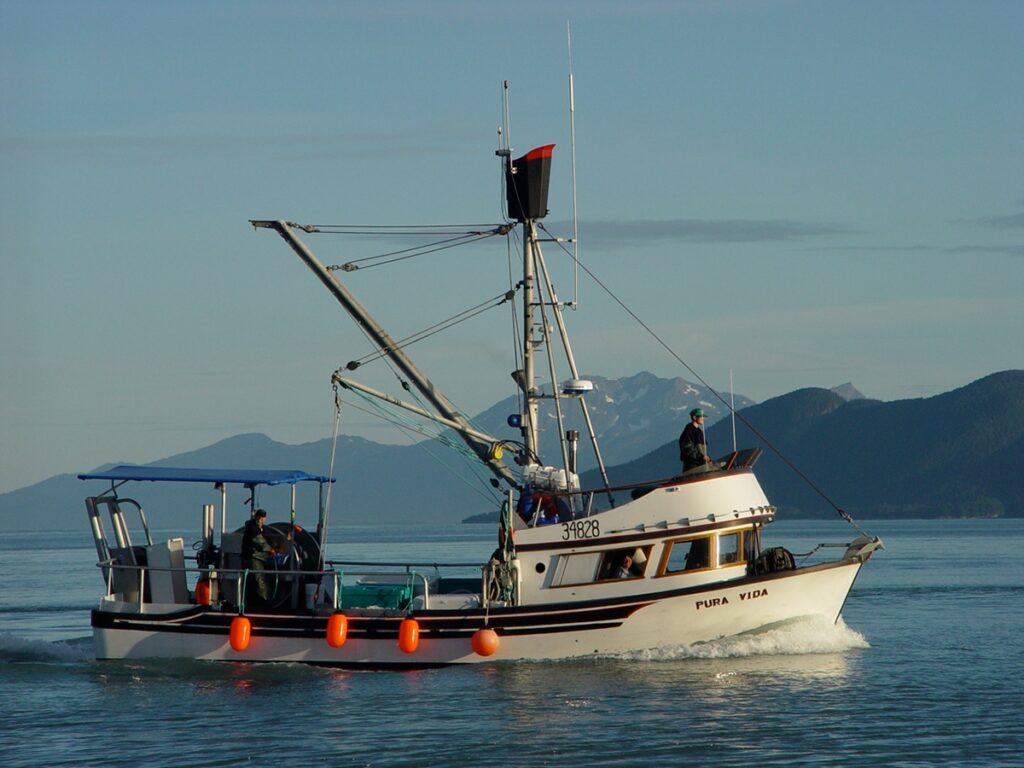
Restoration will boost populations of sockeye, coho, chum, and pink salmon, steelhead, cutthroat, and Dolly Varden trout that call Margaret Creek home, along with the many bears that come to feed on the salmon and the tour operators who guide visitors to the popular bear-viewing platform on the creek.
The Roadless Rule relegates destructive logging practices to the past and gives hope for the Tongass’ future. Trout Unlimited looks forward to working with the Forest Service and other community partners to advance restoration across the forest and ensure the plentiful fisheries that fuel America’s Salmon Forest are around for generations to come.


